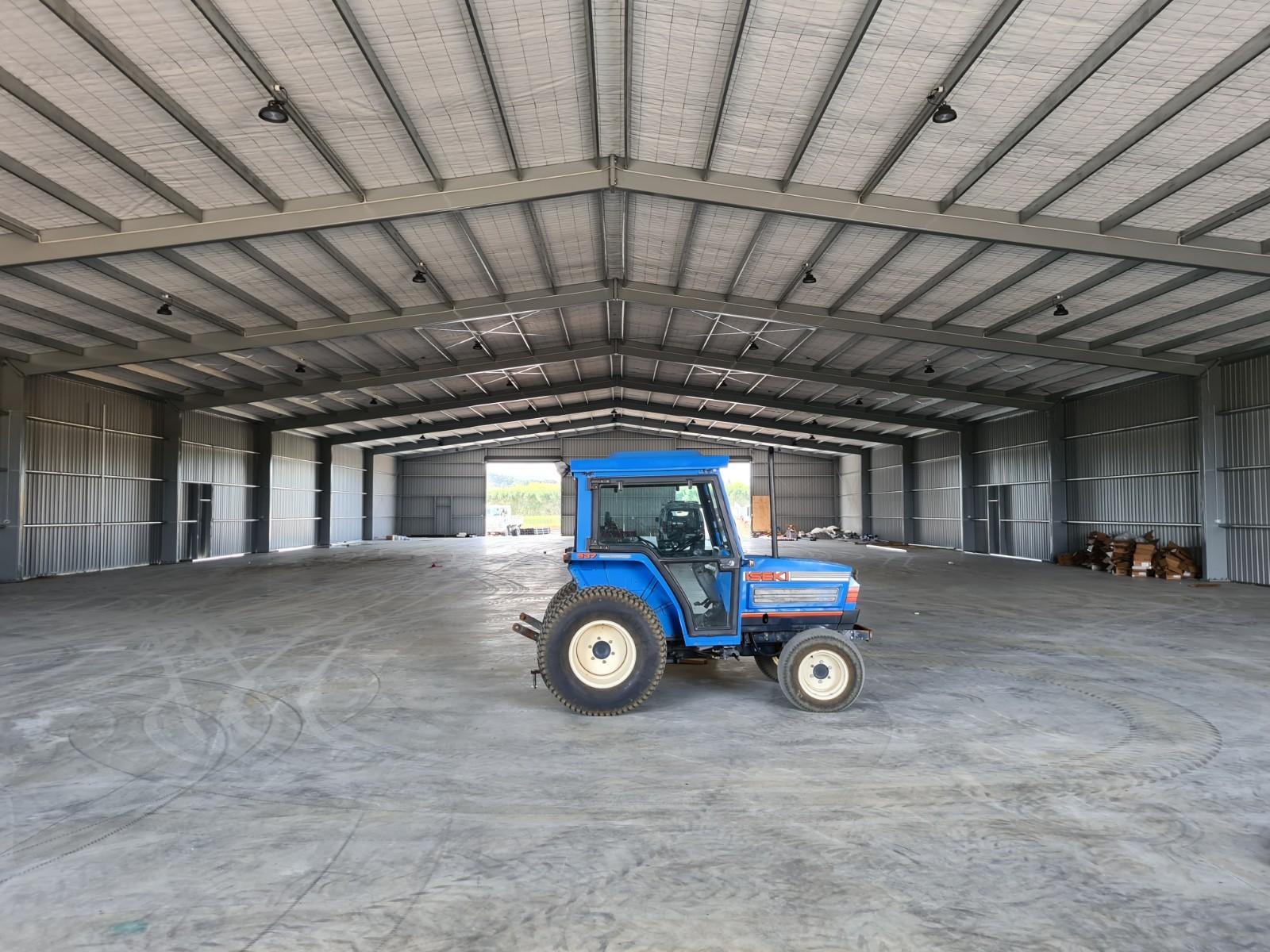Do you need resource consent for an industrial/commercial building?

It can be confusing to know when you need resource consent for an industrial building project, as well as how to get one. In this blog, we explain what resource consent is and dive into all the key factors that you need to know for your next industrial or commercial project.
What is resource consent?
A Resource Consent is the authorisation given by local or regional councils for a proposed site design that does not match the location's environmental rules. To obtain Resource Consent, the landowner, tenant or agent must submit an application to the relevant council.
Environmental rules come from legislation known as the Resource Management Act 1991 (RMA) and they shape what each City, District, or Regional Council includes in their Management Plan to protect the local environment. They are sometimes referred to as planning rules because they originate from the official Council Plans. It is important to first understand how the RMA defines environment as it is more than just the ‘green aspects’ such as climate, plants, waterways or pollution.
The Resource Management Act defines it as:
environment includes—
(a) ecosystems and their constituent parts, including people and communities; and
(b) all-natural and physical resources; and
(c) amenity values; and
(d) the social, economic, aesthetic, and cultural conditions which affect the matters stated in paragraphs (a) to (c) or which are affected by those matters.
It is important to note that the Resource Consent process only relates to environmental factors such as air, water, and land, and NOT the physical construction of the site and building(s). The physical construction falls under the Building Act 2004 and a separate approved building application such as consent or exemption. For more information on building, take a look at some of our other articles below:
- Fire Protection Regulations
- The latest building consent themes from local councils
- Common questions & misunderstandings regarding fire regulations
When is resource consent required?
Most councils in New Zealand now have online interactive maps detailing the basic rules applying to a given site. This is a good starting point for assessing what zone your site sits within and what environmental requirements apply. Then if the rules are likely to be breached a resource consent is required.
The online Plan often includes useful tables that detail variations of the rules applicable to a particular activity. For example, the setback from a street boundary of an Industrial building in an Industrial zone adjacent to a Residential zone. These tables also include what level the rule is classified as for that zone.
The activity classifications are as follows:
- Permitted
- Controlled
- Restricted discretionary
- Discretionary
- Non-complying
It is possible to have a Resource Consent granted under any of these but the requirements of conditions attached to the decision vary in complexity. You can find more information on the details above here.
If a site design complies with all planning rules, no resource consent is required because it should fall under the 'permitted activity' category. When the design clearly breaches one or more rules in the Plan, Resource Consent can be applied for immediately.
Sometimes, it can be complicated to translate the multitude of planning rules associated with a site. In these cases, an application for a Project Information Memorandum (PIM) may be submitted to Council’s building department. The design plan needs to be only at concept or developed design stage for a PIM detailing factors affecting the external environment and highlighting features impacting the environmental compliance specific to that site, both shown and unknown on the submitted plan.
When applying for building consent, the design is compared to the planning rules and, if these are not met, the Council will advise that the design is in breach of the Plan and a Resource Consent is required unless a re-design occurs. This is often why applying for a PIM is beneficial in timing and cost.
If Resource Consent has already been granted, a comparison will be undertaken as to whether the design matches the design that was originally approved. If not, revisions will be required, either to the Building Consent or to the approved Resource Consent. The latter involves additional time and fees, and planning approval may not be granted, so it’s best to liaise with your design team to guide you throughout.
You can find out more information on changing your Resource Consent here.
If both local and regional rules will be breached, more than one Resource Consent may be required. For example, stormwater disposal may require regional approval which the local Council will need evidence of to approve a Building Consent, and/or their own Resource Consent. It is highly recommended that this information be sought early in the concept or design process so that the various Resource and other Consents can run in parallel, rather than subsequently.
You can find more information on the types of matters affected by this here.
To avoid several re-designs, open communication is required between all parties to determine if one application will affect the outcome of another.
What are the types of resource consents?
Common activities requiring Resource Consent from either local or regional Councils include, but are not limited to: - Land use – for example a use or activity on the land varies from the plan zone rules, such as an industrial activity proposed on rural-zoned land; or significant earthworks are required onsite, such as removing or depositing soil
- Subdivision
- Contaminated land
- Discharge permit - air, water and land including contaminants such as in stormwater and wastewater
- Water permit - bore, taking/use/diversion of water
- Coastal permit
- Non-notified – these include minor effects which affected parties have provided written approval for as part of the application.
- Notified:
- Limited notification – the Council contacts affected parties that have not given written approval within the application and offers the opportunity to make a submission.
- Public or full notification – the effects on the environment are deemed more serious requiring public notification for submissions.
How long does resource consent take to process?
Timeframes vary from 10 to 130 working days depending on the severity of rule breaches and how they affect the wider community. They will also be extended if the council suspends the application to obtain further information or if hearings are necessary to review submissions in the notification process.
You can find out more information on the resource consent process here.
What happens when resource consent is granted?
Documentation in a granted Resource Consent normally contains at least one of the following:
Conditions
Conditions are mandatory and must be checked as soon as the documents are received as they can affect the pre-construction, construction, and post-construction phases of a project. The Planner will often consult with the Applicant on draft conditions prior to approval. They can also impact the design and compliance within a building consent.
Advice notes
Advice notes are additional to the conditions but are guidelines and advice only. They offer useful information but cannot be enforced.
Expiry dates
Expiry dates can be stipulated, for example for starting the work within 5 years. Extensions are possible within certain time limits before the consent lapses.
Monitoring
The Council will monitor the project to make sure that the conditions are being complied with. Sometimes they may request other suitably qualified people also provide monitoring to meet specific conditions.
Regional Council approval
Some conditions or advice notes may detail the approval requirements of the applicable Regional Council and that Resource Consent may be required. Examples of Regional Councils are:The XL Structural team recommend having the right advice early in the planning process as to which approvals you may need to avoid time and budget implications. If you are in the process of starting a new project, feel free to contact our team of experts today to discuss your resource consent questions.



